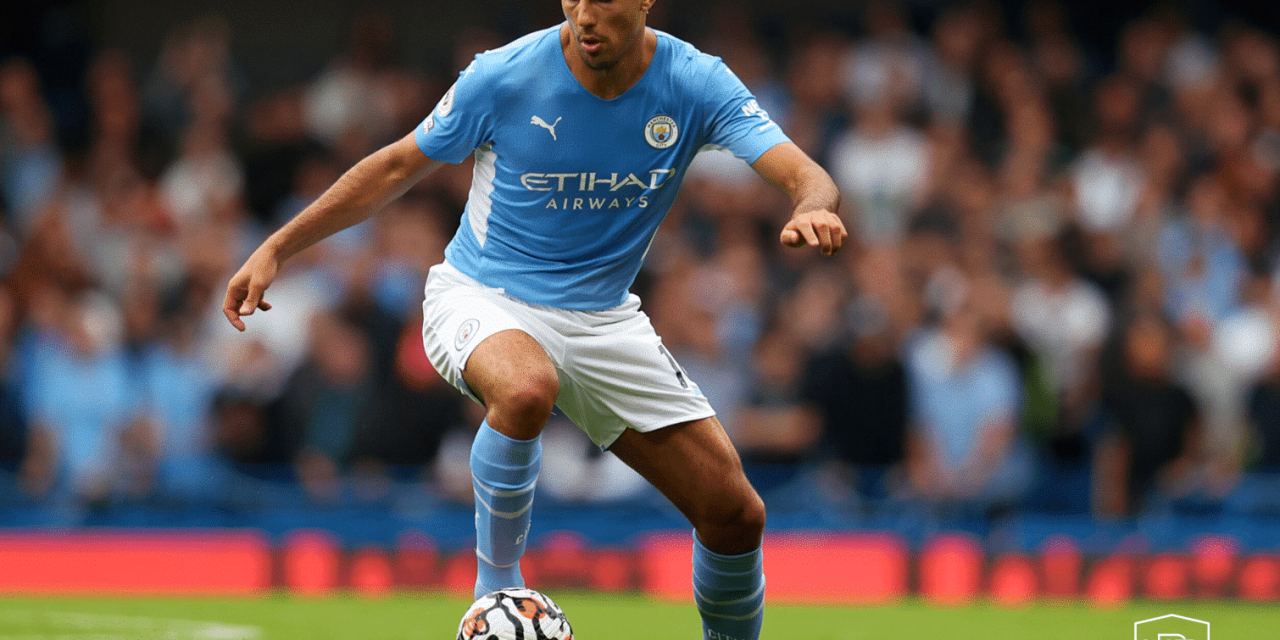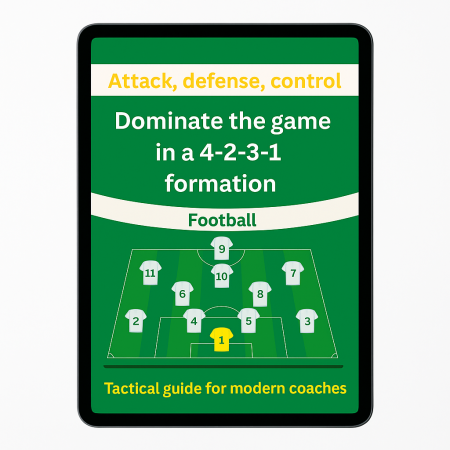The role of the defensive midfielder in organizing modern football
In modern football, the defensive midfielder is no longer just a "ball-winner." Today, they act as the silent conductor of the game — setting rhythm, direction, and balance. Positioned between the backline and the attacking midfield, this player plays a vital role in both defense and build-up phases.
1. Balancing the lines
The primary responsibility of the defensive midfielder is to stabilize the team structure. They:
-
Protect the space in front of the center-backs
-
Stop opposition counterattacks
-
Cover areas left open by overlapping full-backs or advanced midfielders
Without a well-positioned holding midfielder, teams often split into disconnected units.
2. Initiating the build-up
In systems like 4-3-3, 4-2-3-1, or 3-2-4-1, the defensive midfielder is the first link in building attacks. They:
-
Position themselves between the lines to receive passes from defenders
-
Make smart decisions to switch play or progress the ball vertically
-
Stay composed under pressure and dictate the pace of the game
A great defensive midfielder combines tactical intelligence, vision, and technical skill.
3. The unofficial captain
Though they may not wear the armband, the defensive midfielder is often the team’s tactical leader:
-
Constantly communicates with both the defensive and attacking lines
-
Anticipates the game flow and triggers pressing movements
-
Adjusts positioning and spacing in real time to maintain team balance
This is the player who "sees the game" a second before everyone else.
Conclusion
A modern defensive midfielder is more than just a destroyer.
They are the connector between phases, the anchor in transitions, and often the first line of defense.
Without an intelligent holding midfielder, any team becomes vulnerable to imbalances, especially during key transition moments.



